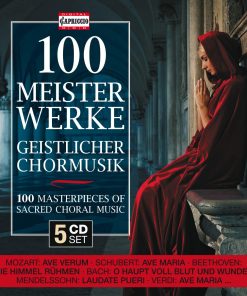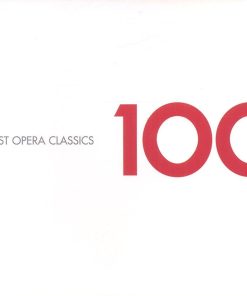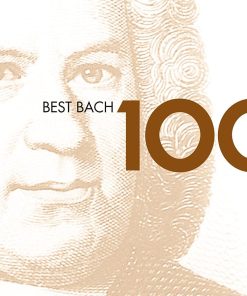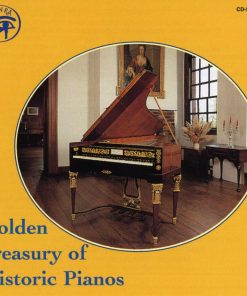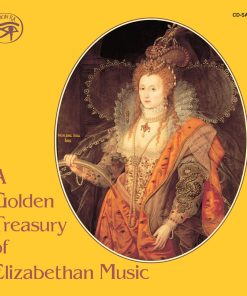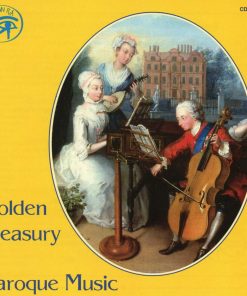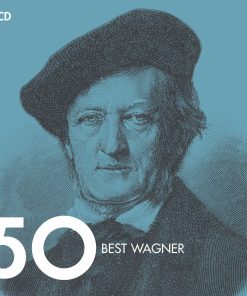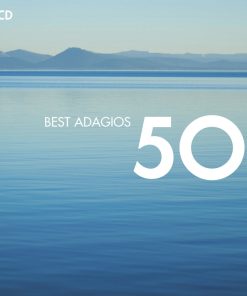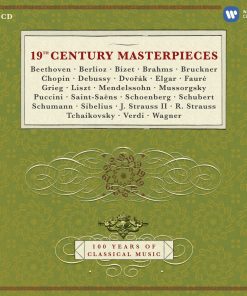Henselt: Études Opp 2 & 5 – Piers Lane Hyperion
$ 20,99 $ 12,59

Douze Études caractéristiques de concert Op 2[30’27]1
No 1 in D minor: Orage, tu ne saurais m’abattre. Allegro molto agitato[2’20]2
No 2 in D flat major: Pensez un peu à moi, qui pense toujours à vous. Allegro moderato[2’43]3
No 3 in B minor: Exauce mes vœux. Tempo giusto[2’54]4
No 4 in B flat major: Repos d’amour. Allegretto sostenuto[2’02]5
No 5 in C sharp minor: Vie orageuse. Tempo giusto[2’03]6
No 6 in F sharp major: Si oiseau j’étais, à toi je volerais. Allegro[2’19]7
No 7 in D major: C’est la jeunesse qui a des ailes dorées. Presto animoso[2’22]8
No 8 in E flat minor: Tu m’attires, m’entraînes, m’engloutis. Allegro agitato ed appassionato[2’08]9
No 9 in F major: Jeunesse d’amour, plaisir céleste …. Allegro[3’00]10
No 10 in E minor: Comme le ruisseau dans la mer …. Moderato[1’58]11
No 11 in E flat major: Dors tu, ma vie?. Allegretto sostenuto ed amoroso[3’38]12
No 12 in B flat minor: Plein de soupirs, de souvenirs …. Moderato ma con moto, con afflizione[3’00]13
Poème d’amour ‘Andante et étude concertante in B major’ Op 3[7’26]Douze Études de salon Op 5[39’18]14
Suite 1 No 1 in C minor: Eroica. Moderato – Presto agitato ed appassionato[4’03]15
Suite 1 No 2 in G major: Allegro brillante[1’51]16
Suite 1 No 3 in A minor: Hexentanz. Allegro con brio e feroce[1’30]17
Suite 1 No 4 in E major: Ave Maria. Andante[2’43]18
Suite 1 No 5 in F sharp minor: Verlorene Heimat. Con moto appassionato e dolorosa[4’24]19
Suite 1 No 6 in A flat major: Danklied nach Sturm. Lento sostenuto[8’54]20
Suite 2 No 7 in C major: Elfenreigen. Molto vivace[1’17]21
Suite 2 No 8 in G minor: Romanze mit Chor-Refrain. Andante arioso[2’43]22
Suite 2 No 9 in A major: Allegro con leggerezza[1’44]23
Suite 2 No 10 in F minor: Entschwundenes Glück. Allegro non tropp, con passione dolorosa[5’19]24
Suite 2 No 11 in B major: Liebeslied. Allegretto sostenuto ed amoroso[2’49]25
Suite 2 No 12 in G sharp minor: Nächtlicher Geisterzug. Allegro tempestoso[2’01]

Adolf von Henselt was one of the greatest virtuosi of the nineteenth century. His trail-blazing études – at once impossibly challenging for the performer and ardently lyrical for the listener – were to influence a generation of composers, especially in Russia where Henselt settled.
Having studied with Hummel in Weimar, the ‘Henselt piano technique’ is now regarded as the link between that of the older composer and that to be developed by Franz Liszt. Notorious for his ability to play unfeasibly wide-spreading chords while maintaining a miraculous legato line, Henselt’s fanatical devotion to technical pianistic exercises should come as no surprise. The two sets of études represent the codification of his diligence, yet their worth today derives as much from their musical value as their technical complexity.
Piers Lane, whose impressive discography reveals him to be something of an étude-ist himself, more than rises to the challenge.
Fast Shipping and Professional Packing
Due to our longstanding partnership with UPS FedEx DHL and other leading international carriers, we are able to provide a range of shipping options. Our warehouse staff are highly trained to pack your goods exactly according to the specifications that we supply. Your goods will undergo a thorough examination and will be safely packaged prior to being sent out. Everyday we deliver hundreds of packages to our customers from all over the world. This is an indication of our dedication to being the largest online retailer worldwide. Warehouses and distribution centers can be located in Europe as well as the USA.
Orders with more than 1 item are assigned processing periods for each item.
Before shipment, all ordered products will be thoroughly inspected. Today, most orders will be shipped within 48 hours. The estimated delivery time is between 3-7 days.
Returns
The stock is constantly changing. It's not entirely managed by us since we are involved with multiple parties such as the factory and our storage. The actual stock can fluctuate at any time. Please understand it may happen that your order will be out of stock when the order is placed.
Our policy is valid for 30 days. If you haven't received your product within 30 days, we're not able to issue either a return or exchange.
You are able to return a product if it is unused and in the same condition when you received it. It must also still remain in the original packaging.
Related products
MUSIC CDS
MUSIC CDS
MUSIC CDS
MUSIC CDS
MUSIC CDS
MUSIC CDS
MUSIC CDS
MUSIC CDS
MUSIC CDS









